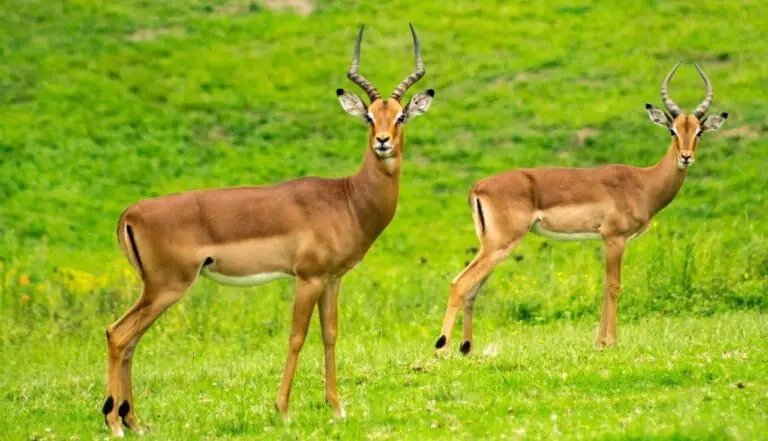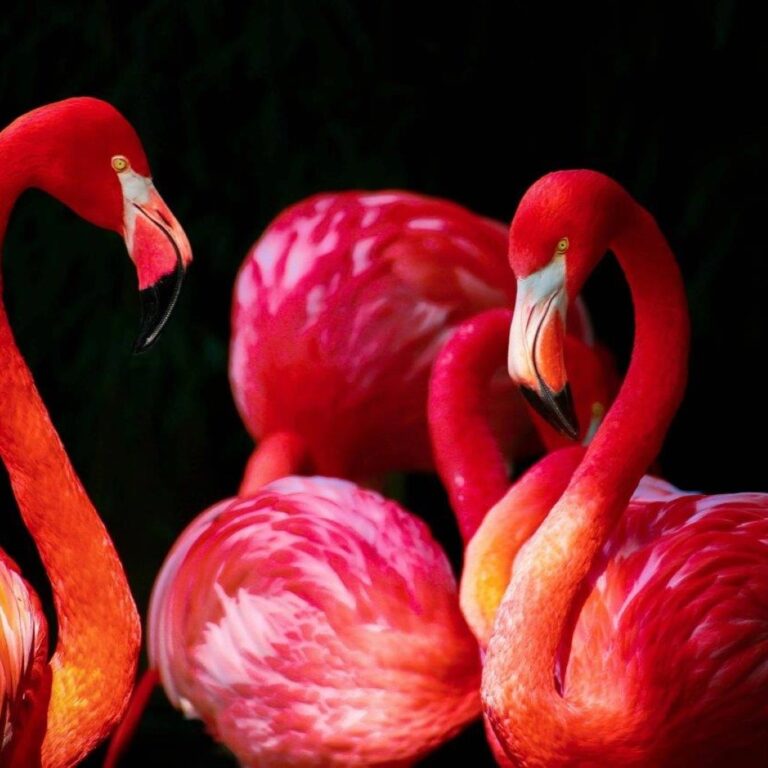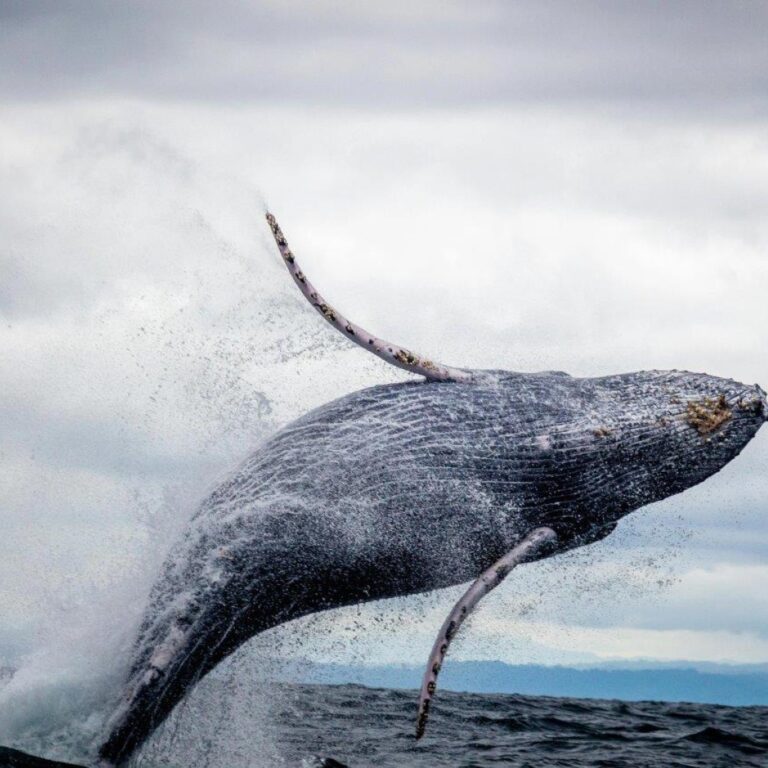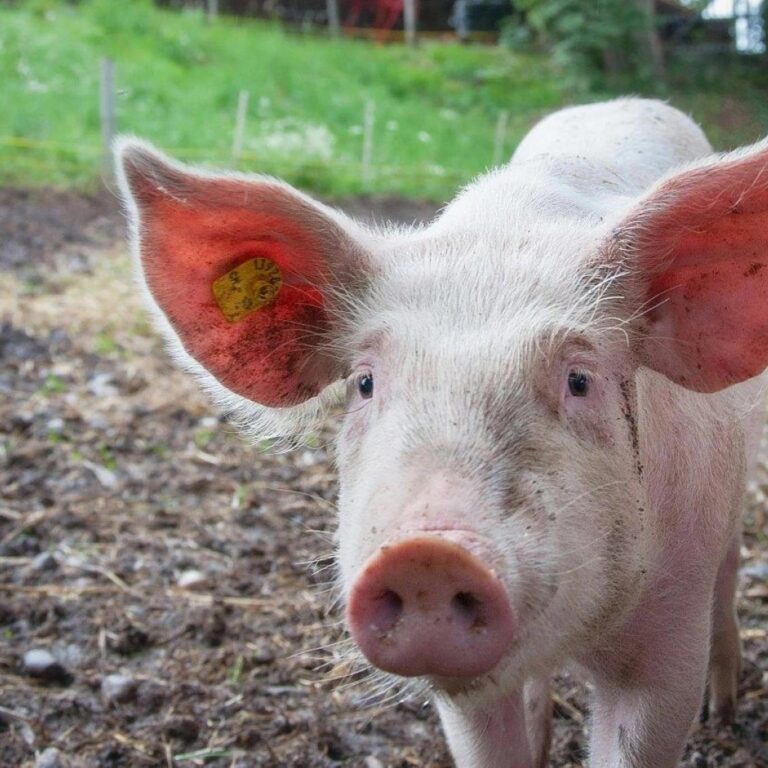There are over 90 species of antelopes, ranging in size from the tiny royal antelope, which stands just 10 inches at the shoulder, to the large eland, which can weigh up to 2,000 pounds.
Antelopes are primarily found in Africa, where they inhabit a wide range of ecosystems, including savannas, deserts, forests, and wetlands. Some species are also found in Asia and parts of Europe.
The horns of antelopes are made of bone covered by a layer of keratin, and unlike deer antlers, they are not shed annually. Both males and females of some species have horns, while in others, only the males do.
Antelopes are known for their incredible speed and agility. The cheetah's primary prey, the Thomson's gazelle, can reach speeds of up to 50 miles per hour, making it one of the fastest land animals.
Many antelope species are highly social and live in herds that can number in the thousands. These herds provide protection against predators and help with the coordination of migration and foraging.
Some antelopes, like the impala, are known for their remarkable jumping ability. They can leap up to 10 feet high and cover distances of up to 30 feet in a single bound.
Antelopes have a variety of adaptations for survival in their environments. The dik-dik, for example, is a small antelope that lives in arid regions and can go long periods without drinking water, obtaining moisture from the plants it eats.
The spiral-horned antelopes, such as the kudu and the nyala, are known for their impressive, twisted horns, which are used in displays of dominance and during fights with rivals.
Antelopes are herbivores and have a diet that consists mainly of grasses, leaves, shoots, and fruits. Some species are browsers, feeding on leaves and twigs, while others are grazers, feeding on grasses.
The mating behavior of antelopes varies between species. In some, males establish and defend territories that females enter for mating, while in others, males compete for dominance within the herd.
The wildebeest, a type of antelope, is famous for its annual migration in East Africa. During this migration, millions of wildebeests, along with zebras and other animals, travel in search of fresh grazing grounds.
The oryx, a desert-dwelling antelope, has adapted to survive in extreme heat by raising its body temperature to avoid sweating, which conserves water.
Antelopes have a keen sense of smell, hearing, and vision, which help them detect predators from a distance. Their eyes are positioned on the sides of their heads, providing a wide field of view.
The saiga antelope, found in Central Asia, is known for its unusual, bulbous nose, which helps filter dust during migrations and warm cold air before it reaches the lungs.
Conservation efforts are crucial for many antelope species, as they face threats from habitat loss, poaching, and human-wildlife conflict. Protecting their habitats and promoting sustainable land use are essential for their survival.



